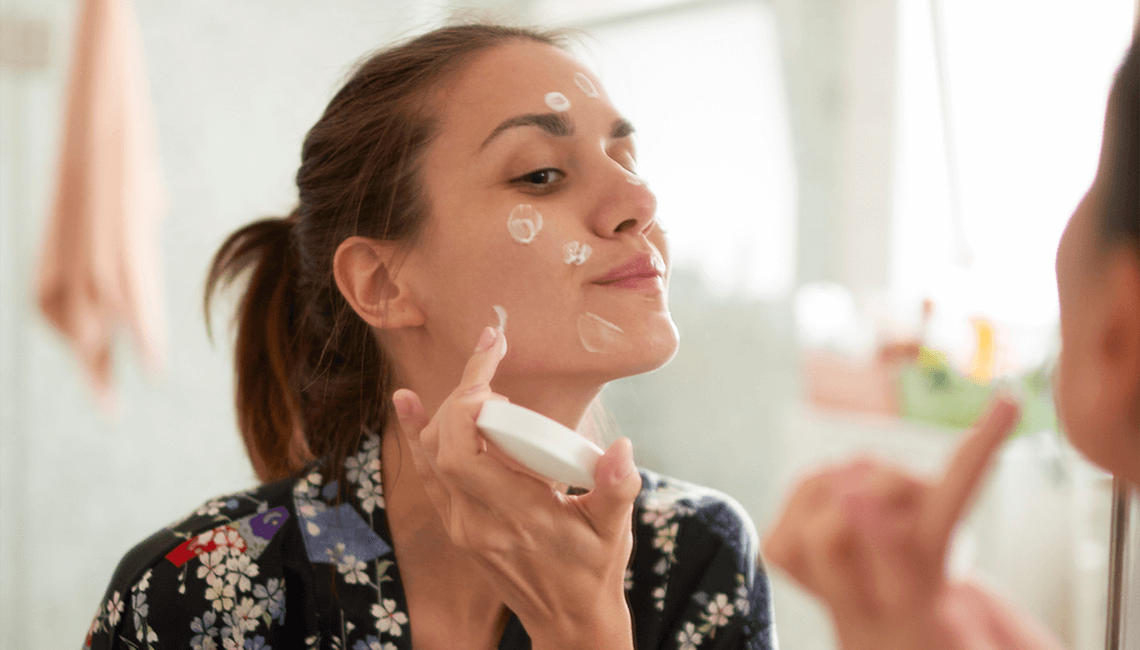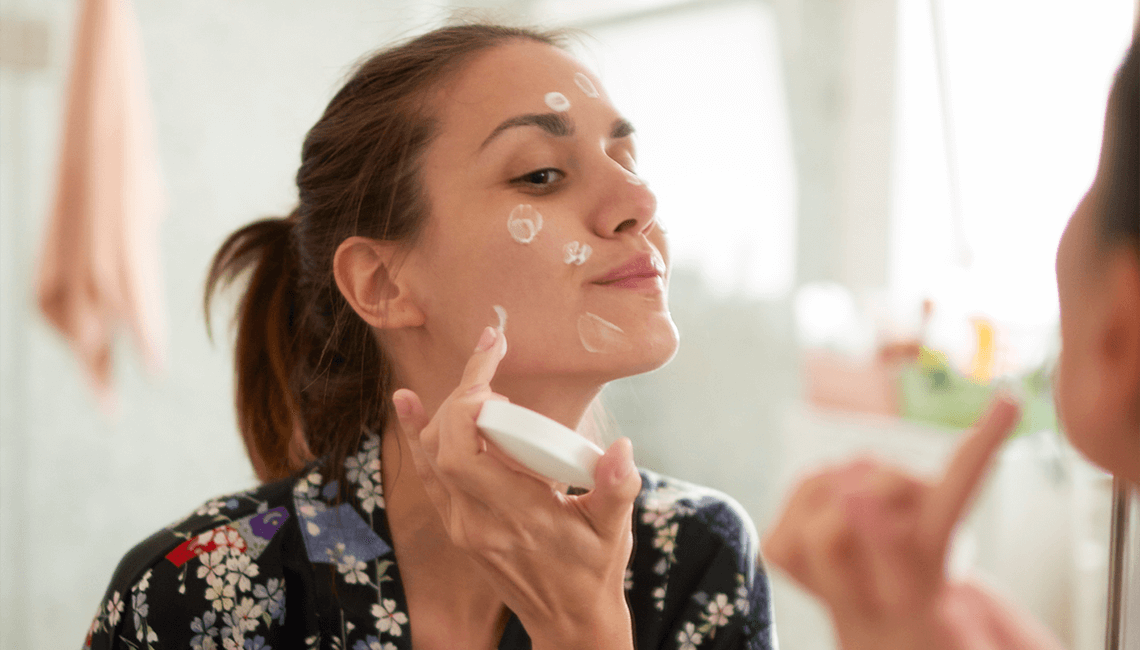By: Dr. Dendy Engelman. MD, FACMS, FAAD, RxSaver Medical Expert
When it comes to topical, anti-aging skincare treatments, Retin-A is truly the gold standard by which all others are judged. Originally formulated to treat acne, this Vitamin-A derivative has proven to be a powerful anti-aging treatment, which also helps reduce dark spots and improve overall skin texture. Here is a look at why Retin-A reigns supreme when it comes to topical anti-aging treatments.
How does Retin-A work?
Retin-A and its generic tretinoin are prescription topicals that speed up your skin cell turnover rate and help to upregulate collagen and elastin. In other words, Retin-A helps your skin to behave the way it did when you were younger.
When we are younger, the outer layer of our skin cells is released after approximately 28 days. But as we age, that cycle lengthens to 35 days. The slower release of the cells contributes to dullness. So, by speeding up the cycle, the skin looks fresher and more luminous. Retin-A helps to reset the skin cell turnover to 28 days.
Retin-A also helps to combat the loss of collagen as we age. On average, we tend to lose 1% of collagen a year beginning at age 30. Collagen helps keep the pores on our skin smaller and our skin fuller, reducing the appearance of fine lines and wrinkles. As an anti-aging beauty product, Retin-A helps to replenish stores of collagen.
Elastin in your skin helps prevent sagging which leads to wrinkles. Unfortunately, we stop making elastin on our own around the age of puberty. By adding Retin-A to your skincare regimen, you can help to start production of elastin again, giving your skin a fuller, less saggy appearance.


How Retin-A Helps Fight Visible Signs of Aging
The first sign of aging isn’t necessarily wrinkles. It’s often a loss of luminosity. As a dermatologist, I frequently have patients in their late 20’s who can’t pinpoint exactly why they feel like they look older, even without wrinkles. It’s the loss of luminosity, which leads to dulled skin. Luminosity refers to how well light reflects off the skin. As we age and cell turnover slows, we wind up with older skin cells on the top layer of our skin, that doesn’t reflect the light as well. Retin-A can help restore the former radiance.
Retin-A also helps reduce the appearance of dark spots (hyperpigmentation) and sun damage. By expediting cell turnover, dark spots gradually lighten over time. Finally, as an up regulator of collagen and elastin, Retin-A and other retinoids can give you a more youthful look by helping to plump your skin, reduce sagging, and minimize pore size.
How to Afford Retin-A with RxSaver
There seems to be a misconception that prescription-strength topical anti-aging treatments are only available for the elite. But before you think you can’t afford this gold standard anti-aging treatment, know that there is a generic available. The generic form of Retin-A, tretinoin, contains the same active ingredients as the brand name drugs. There are also drug coupon sites, such as RxSaver, which offer coupons that can save you up to 85% on your prescription. As of this writing, a 20-gram tube of tretinoin with a coupon from RxSaver was less than $40 at major retail pharmacies.
It’s important to keep in mind that you will use very little Retin-A for each application. You don’t want to lather your face up with a thick layer, as it won’t expedite or enhance the results. Instead, you’ll only need a pea-sized drop, so a 20-gram tube can likely last you two months.
Do I need a prescription for Retin-A?
Retin-A and its generic tretinoin require a prescription. There are over-the-counter products that contain another retinol, but it typically takes longer to see results. However, the potential for skin irritation with creams that contain retinol is minimized, when compared to the potential for side effects as your skin gets used to Retin-A. So, there’s nothing wrong with trying out an OTC cream that has retinol, in the beginning.
Possible Side Effects of Retin-A
Retin-A won’t cause systemic side effects, but it can take a little while for your skin to adjust to it. In the beginning, you may experience redness, itchiness, burning, or peeling when you first begin using it. Although you may be inclined to think that you’re allergic to Retin-A, that is unlikely. It just takes some time for your skin to get familiar with it.
A word of caution is warranted for pregnant women, women who are nursing, or women who are trying to get pregnant. Although Retin-A has not been proven unsafe to use during pregnancy, it has not been proven safe to use either, so it is best to avoid it during pregnancy and if you’re nursing.


and nationally-acclaimed dermatologic surgeon.
How often should I use Retin-A?
Because of the potential for side effects, I generally start patients on a low dose, to be applied once a week for the first week, twice a week for the next two weeks, three times a week for three weeks, etc. As your skin gets used to it, you can increase the frequency of use, and/or dose, depending upon your dermatologist’s recommendation. Using Retin-A three times per week is ideal, for a return to radiant, fuller, and younger-looking skin.












